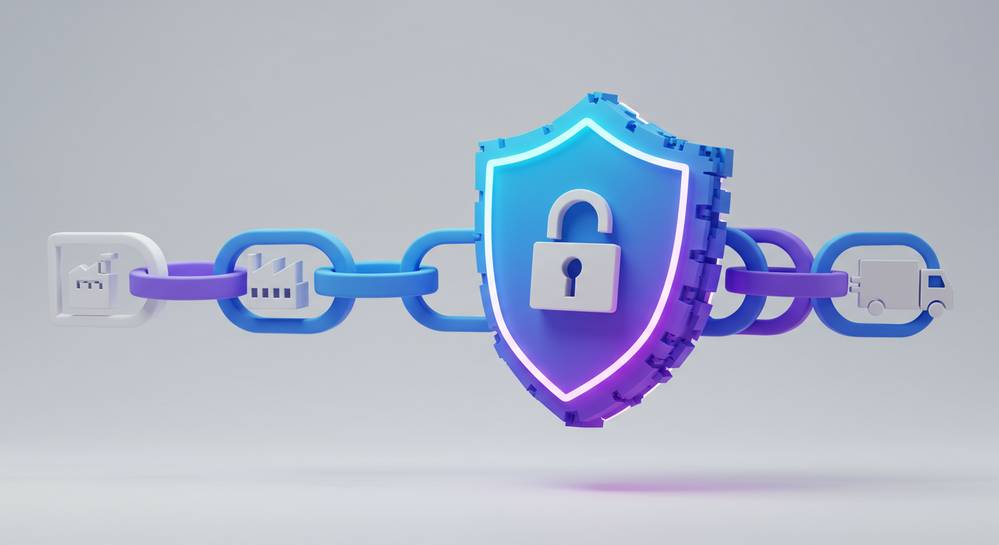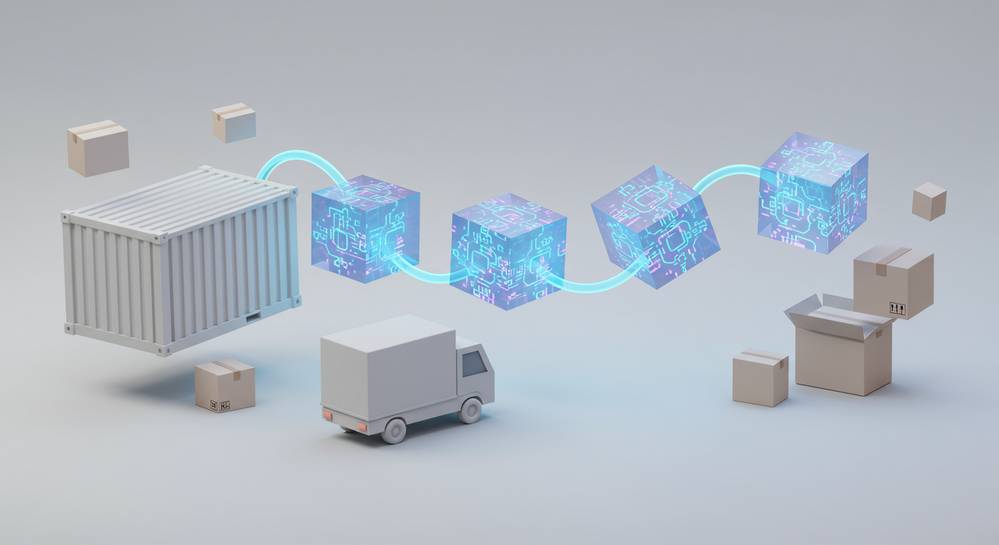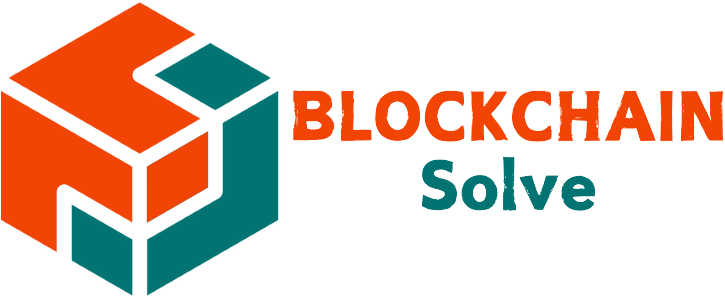Modern supply chains are often complex and lack transparency, making them vulnerable to inefficiency, fraud, and disruption. The solution lies in a transformative technology that can provide a single, shared source of truth for all participants. This guide explores how blockchain for supply chain management delivers unprecedented traceability and security, revolutionizing how goods are produced, moved, and sold across the globe.
What is blockchain in supply chain management
At its core, blockchain for supply chain management replaces fragmented data silos with a unified, shared digital ledger. It is a specialized application of distributed ledger technology where no single company controls the information. Instead, every participant, from the raw material supplier to the end retailer, shares and validates the same record book. This structure removes costly intermediaries and constant reconciliations, establishing a single source of truth that all parties can trust implicitly.
Functionally, every transaction is recorded as a timestamped block of data. This includes events like a quality certificate issuance, customs clearance, or transfer of ownership. Each new block is cryptographically sealed and linked to the previous one, creating a chronological and immutable chain. Since records cannot be altered retroactively without network consensus, the entire history of a product becomes tamper-proof, providing unprecedented accuracy in tracking its journey from origin to consumer.
Key benefits of using blockchain for supply chains

Integrating blockchain technology fundamentally upgrades traditional supply chain operations. It shifts them from fragmented, opaque systems to a unified, transparent, and resilient model. The advantages are not just theoretical; they directly address long-standing industry challenges, fostering trust and accountability among all participants. The core benefits of using blockchain for supply chain management are clear and impactful, transforming how goods are produced, moved, and sold across the globe.
- Unmatched transparency: Every product can be tracked in real time across the entire network. This allows companies and consumers to verify the origin and journey of goods, building brand trust and ensuring compliance.
- Greater operational efficiency: This is driven by the advantages of smart contracts, which automate payments and approvals upon delivery. This reduces administrative overhead and minimizes human error.
- Robust security: The decentralized and cryptographic nature of the ledger makes it nearly impossible to alter records. This inherent security helps prevent fraud, theft, and the circulation of counterfeit products.
- Superior traceability: In case of a product recall or quality issue, companies can instantly trace an item back to its source. This identifies the point of failure in minutes, not weeks, saving costs and protecting consumers.
Real world use cases and applications

The application of blockchain for supply chain management is not a future concept; it is already undefined. Companies are leveraging this technology to solve specific, high-stakes problems and gain a significant competitive edge. From ensuring food safety to authenticating luxury goods, the practical implementations demonstrate its power to create more transparent and trustworthy supply networks. These examples highlight how theory is turning into tangible business value.
Food and agriculture
Major retailers like Walmart use blockchain to track produce such as leafy greens. This allows them to trace the source of a contamination outbreak in seconds, not days. This rapid traceability ensures consumer safety and reduces massive financial losses from broad-scale recalls, proving the technology’s value in a high-volume, low-margin industry.
Pharmaceuticals and healthcare
To combat the multi-billion dollar problem of counterfeit drugs, pharmaceutical companies use blockchain. It creates a verifiable, immutable record of a drug’s journey from the manufacturer to the pharmacy. This ensures patients receive authentic medication and enhances overall public health security.
Luxury goods and diamonds
High-end brands use blockchain to verify the authenticity and provenance of valuable items. This helps fight sophisticated counterfeiting operations. It also assures customers that their purchase, such as a diamond, is ethically sourced and its history is completely transparent.
Challenges and the future outlook

Current challenges in blockchain adoption
Despite its transformative potential, widespread adoption of blockchain for supply chain management faces several hurdles. Key technical issues include integrating with legacy systems, high initial costs, and ensuring interoperability without universal standards. Scalability can also be a concern for handling the transaction volume of global networks. A significant non-technical barrier is achieving consensus among all partners to invest in and adopt a unified platform, a crucial step for success.
The promising future outlook
Looking ahead, the future is promising as the technology evolves rapidly. Solutions like layer-2 protocols are addressing scalability, while industry consortiums work on interoperability. The most exciting trend is the convergence of blockchain with other technologies like the Internet of Things (IoT) and AI. This synergy will enable automated data capture and predictive analytics, creating smarter, self-optimizing, and more resilient supply chains built on a foundation of verifiable trust.
Implementing blockchain is more than a technological upgrade; it is a strategic move towards building transparent, resilient, and trustworthy supply chains. By providing a shared, unchangeable record of a product’s journey, this technology empowers businesses to operate with greater efficiency and integrity. To explore custom blockchain solutions tailored to your business needs, connect with the experts at Blockchain Solve.

